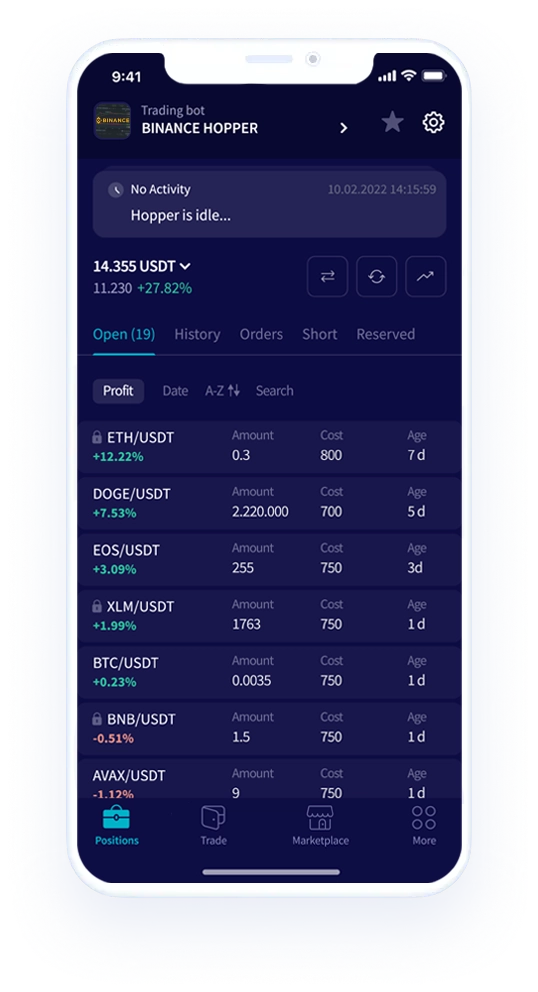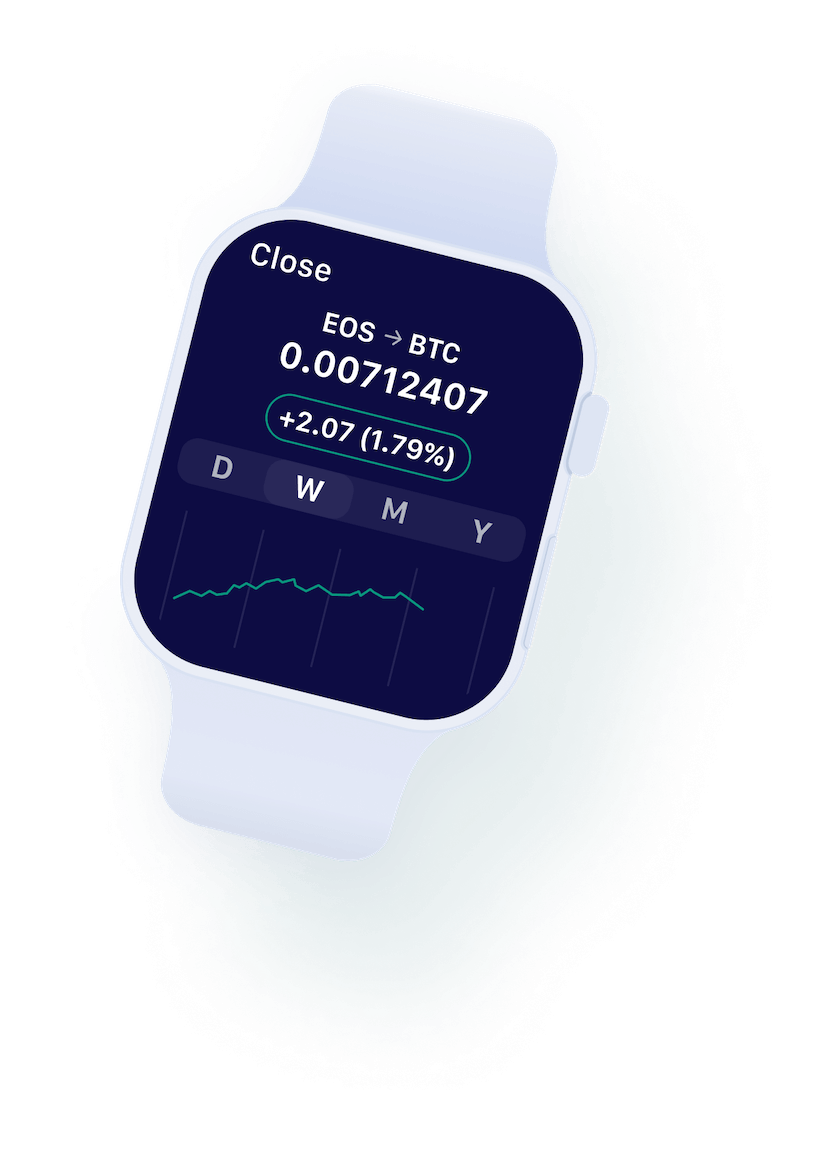Hyperliquid is considering a dramatic restructuring of its HYPE token economy, with a proposal to reduce total supply by over 45% to improve transparency and investor perception.
Co-authored by crypto experts Jon Charbonneau and Hasu, the proposal addresses the complexities of token valuation by targeting unminted and locked token allocations. Currently, Hyperliquid has a total supply of 1 billion tokens, with only 333.92 million in circulation and over 547 million tokens locked in Future Emissions and Community Rewards and the Assistance Fund.
Restructuring Aims to Resolve Fully Diluted Valuation (FDV) Inconsistencies
The proposed changes include canceling 421 million unminted Future Emissions and Community Rewards tokens, burning 31.3 million Assistance Fund tokens, and removing the 1 billion token cap while maintaining room for controlled issuance. This restructuring aims to resolve Fully Diluted Valuation (FDV) inconsistencies that have deterred potential investors.
The current FDV of $49 billion would effectively be reduced to a more realistic $16 billion, reflecting the tokens actually in circulation. The proposal has sparked debate within the crypto community. Supporters like Alpen from Comfy Capital argue it provides greater clarity and fixes problematic valuation metrics. Critics, however, question the wisdom of burning tokens that could potentially support liquidity, development, and expansion.
Hyperliquid's existing token mechanics already emphasize supply reduction. Nearly all trading fees from perpetuals and spot markets are directed to buybacks or token burns, and HyperEVM transaction fees in HYPE are fully burned.
Looking Ahead: The proposed changes reflect a broader trend of crypto platforms seeking to enhance token value and investor confidence through strategic supply management. By addressing the discrepancies between total and circulating supply, Hyperliquid aims to provide a more transparent and attractive investment opportunity.

